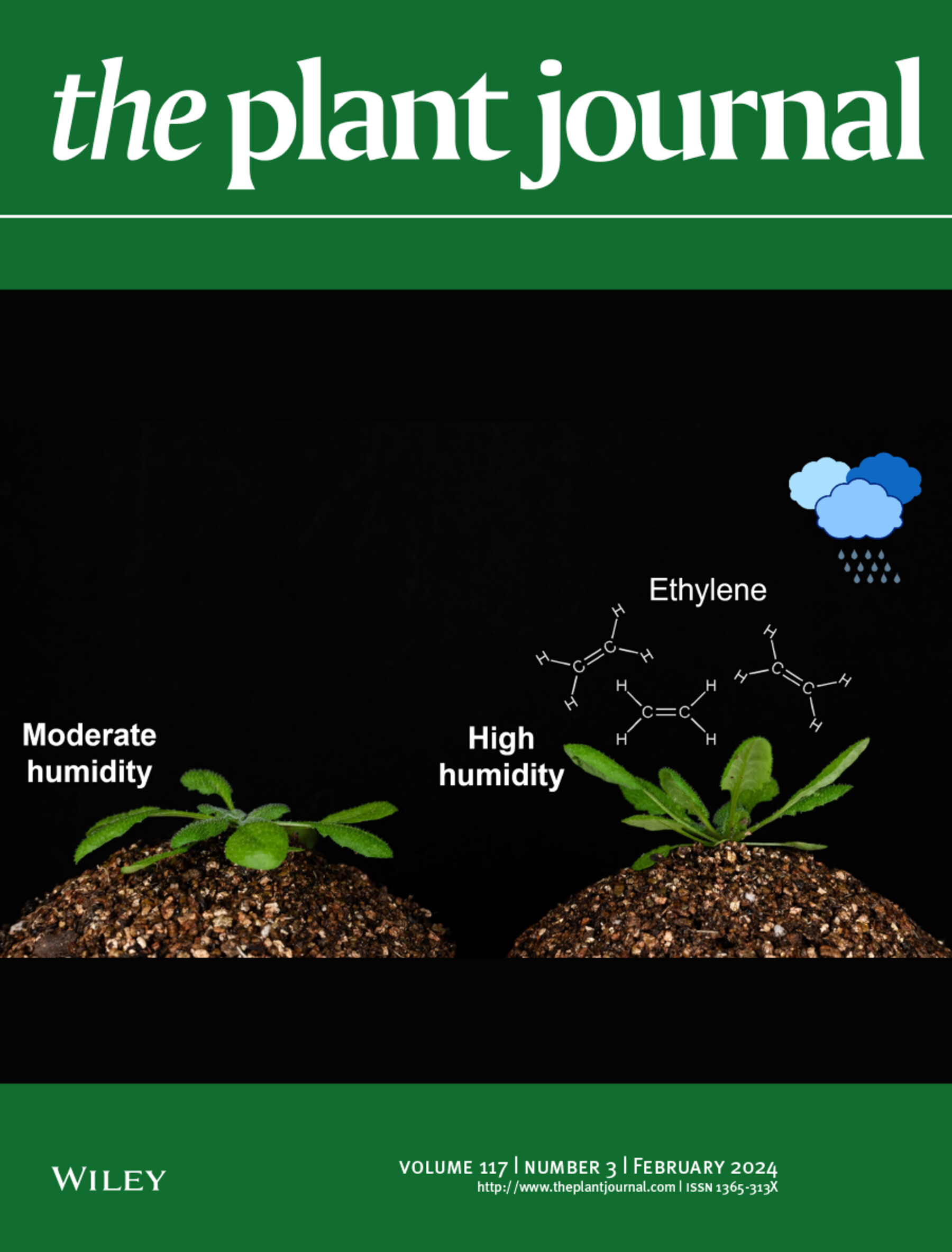RsWRKY49 promotes cold tolerance via activating the expression of RsCBF2 and RsNR2 in radish (Raphanus sativus L.)
Abstract
Cold stress adversely affects crop growth and development. WRKY transcription factors play the critical role in regulating abiotic stress response and balancing plant growth and cold stress defense. However, the roles of WRKY in the trade-off between root growth and cold stress response are still rarely known in radish. Herein, RsWRKY49 was specifically expressed in the radish root and the expression was highly induced by low temperature in the root of cold-tolerant radish genotype ‘NAU-RG’ compared to the cold-sensitive radish genotype ‘NAU-XBC’. Overexpression of RsWRKY49 in ‘NAU-XBC’ enhanced cold tolerance, while interference of its expression in ‘NAU-RG’ increased cold sensitivity. The increase in cell division activity and root meristem size was observed in the radish hairy root overexpressing RsWRKY49 under both normal and low-temperature conditions, demonstrating its ability to regulate cold stress response and root growth. Natural variation in the RsWRKY49 promoter affects the differences in its expression level in different cold-tolerant radish genotypes, thereby modulating cold tolerance. Comparative promoter analysis identified additional cis-acting regulatory elements (ten TATA boxes, two ABRE elements, and one DRE element) in the RsWRKY49 promoter of ‘NAU-RG’, which showed enhanced promoter activity compared to that of ‘NAU-XBC’ under cold stress. In addition, RsWRKY49 could transactivate RsCBF2 and RsNR2 expression to regulate cold stress response. These results provide insights into the molecular mechanism underlying WRKY TFs balancing root growth and defense to cold stress in radish and would facilitate achieving genetic improvement of cold-tolerant cultivars in radish breeding programs.

 求助内容:
求助内容: 应助结果提醒方式:
应助结果提醒方式:


